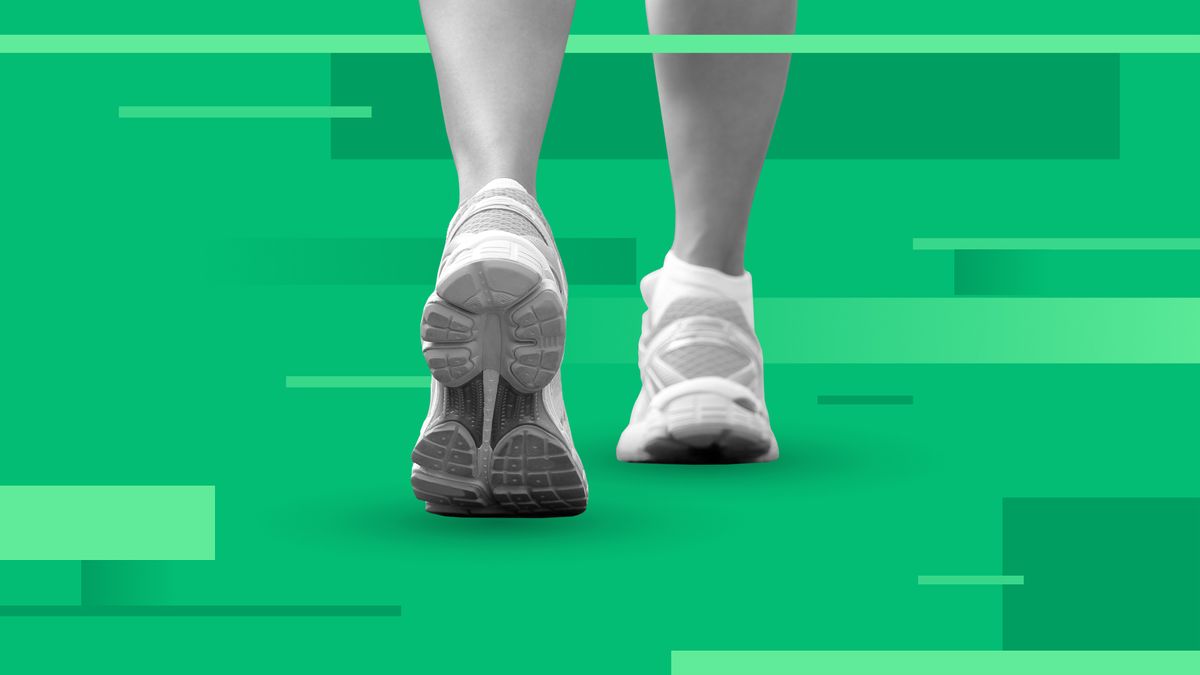How to choose the best running shoes

In running circles, this question could spur a 3-hour of conversation…and that’s on the low end. True runners are very passionate about their footwear, and they will often tell you all about it.
However, what works for one person, may not work for another, because choosing the right running shoe is ultimately about matching the right type of running shoe, with a person’s biomechanical foot type.
Three is the magic number
Most brands divide their running shoes into three categories, each catering to different levels of foot pronation. Pronation is a function of the human body’s natural motion during movement. Understanding one’s type of pronation, can help you avoid injury and improve your running performance.
Hyperpronation is often the result of “flat feet”, but it is not the same thing. Pronation is how our feet react when we move, so “flat feet” is when there is little or no arch ( or gently curved inward arch, on the inside of your foot), when pressure is applied. If you find yourself hyperpronated, you should see an orthopedic doctor, who can address both the causes and treatment options.
Hyperpronation (excessive pronation)

How the foot contacts the ground: landing occurs on the outer part of the sole, after which the foot rolls inward excessively (pronates), transferring the load to the inside edge of the foot instead of the heel.
Repulsion: most of the load is on the big and index toes.
Possible injuries: split shin, plantar fasciitis, bursitis of the big toe, heel spurs.
Foot type: low arch or flat feet.
Shoe Type: people with hyperpronated feet should choose sneakers that provide additional internal support, structural cushioning, and stability.
Shoe wear pattern: those with significant pronation often have their sneaker soles wear out along the inside edge from heel to toe. Moreover, when you place your shoes on a flat surface, you will see a slight inward lean.
Do not purchase shoes that address hyperpronation if your feet are neutral or underpronated, as this can be fraught with injuries and discomfort.
Neutral pronation

How the foot makes contact with the ground: landing occurs on the outer part of the sole, after which the foot rolls inward (prone) to absorb the impact and support the weight of the body.
Repulsion: the pressure on the toes is evenly distributed.
Possible injuries: injuries are less likely due to the effective shock absorption, but this does not guarantee the runner will completely avoid injury.
Foot type: normal arch.
Shoe type: if you are a neutral runner, you can choose from a wide range of sneakers, but specialized neutral shoes provide the best combination of support and cushioning for your feet.
Shoe wear patterns: the soles of sneakers wear out more on the outer edge of the heel and on the inner edge of the toe, closer to the big toe, forming the shape of the letter S. Putting the shoes on a flat surface, you will not see the slope.
Hypopronation (underpronation or supination)

How the foot touches the ground: typically, the outer part of the sole touches the ground at a high angle. If there is no pronation, or it is insufficient, this leads to the transfer of shock load to the lower leg.
Repulsion: pressure on the toes closer to the outer edge of the foot.
Possible Injuries: plantar fasciitis, shin splint, ankle strain.
Foot type: high arch.
Shoe Type: choose neutral sneakers with heavy cushioning.
Shoe wear pattern: most of the wear occurs on the outer edge of the foot. If you put your shoes on a flat surface, you will see a slight outward tilt of the sole.
The Decision
Choosing your running sneakers is ultimately a personal choice, and an important one, especially if you’re planning on putting in some serious miles. That said, once you know your level of pronation it will be much easier to find sneakers with the optimal level of cushioning and support for you.
Now, go pick up a new pair of kicks and start running!